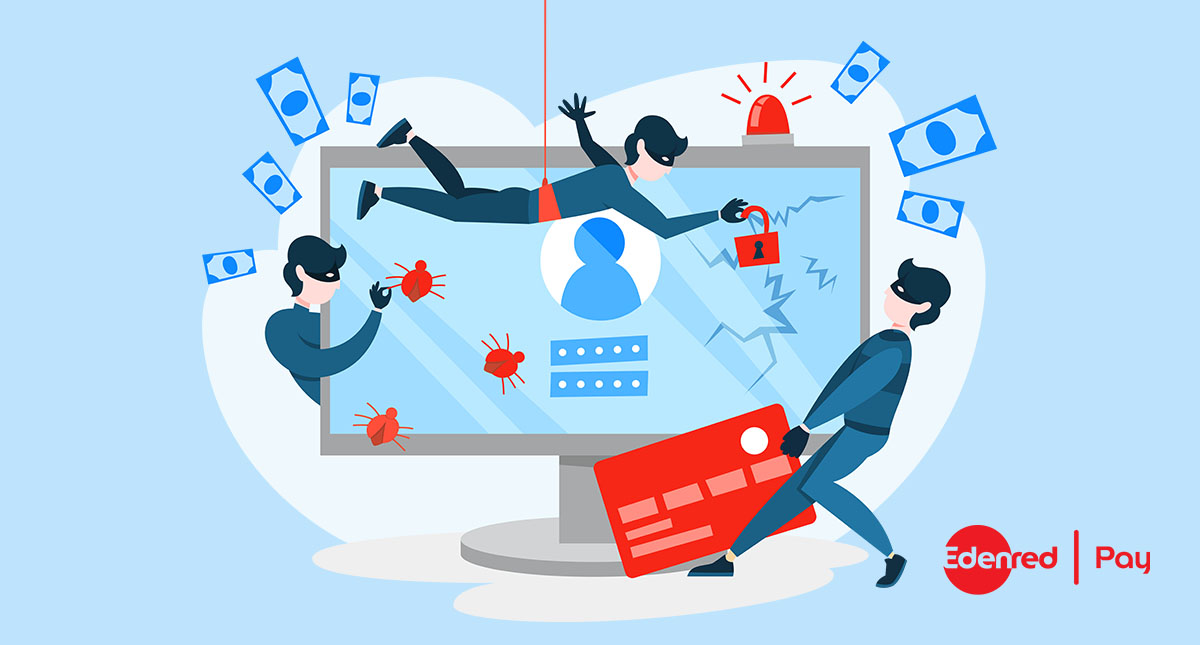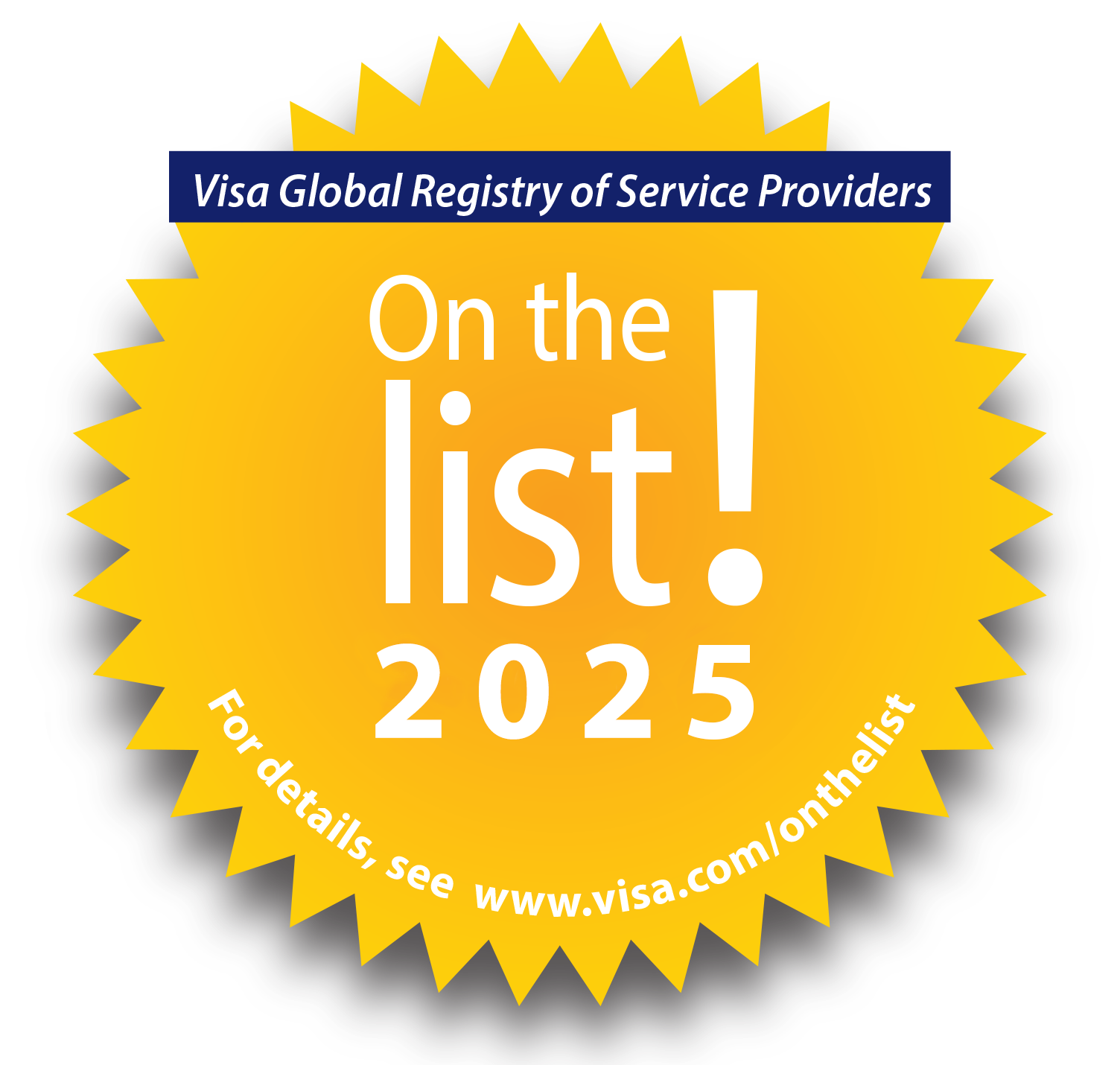If it feels like your company’s risk of payment fraud is rising, you are not alone.
Twenty-one percent of accounts payable (AP)The amount a company owes to suppliers for goods and services received but not yet paid. leaders rank the “high risk of payment fraud” as their department’s biggest challenge, according to the Institute of Finance and Management (IOFM). Fifteen percent of AP departments have experienced eight or more instances of attempted or actual payment fraud this year alone.
And it’s not just check fraud that companies (PMCs) need to worry about these days. While checks are still a big target for fraud, bad actors are shifting their attention to Business Email Compromise, phishingA type of cyberattack that uses fraudulent emails to trick users into sharing sensitive information like login credentials or banking details. attacks, vendor impersonation, account takeovers, and other scams.
Left unchecked, payment fraud can wipe out profits and irreparably damage its reputation.
Here are some strategies that can be used to prevent fraud:
- Your AP staff is key to preventing fraud. Keep your staff updated on the latest fraud schemes and how to spot them. Remind staff to be leery of links and attachments received via email. And ensure that staff understand your procedures for making changes to a supplier’s bank account details.
- By automating the invoice-to-pay process, businesses can restrict user access to payment systems through permissions, flag duplicate invoices, enforce separation of duties and workflows for invoice approvals, and track all actions taken on an invoice or payment. Automated invoice-to-pay platforms also reconcile payments in real-time, so buyers can act fast to address any anomalies.
- Unlike checks, electronic payments cannot be intercepted in the mail and whitewashed. And electronic payment details can be encrypted to safeguard sensitive data.
- Virtual cards are the most secure form of payment. Virtual cards can be configured to be used only once. Buyers can determine a supplier, amount or amount range, and date or date range, for each virtual cardA single-use or vendor-specific digital payment card used in B2B payments to improve control, visibility, and rebate potential. W transaction. Since they are plastic-less, there is no chance of virtual cards falling into the wrong hands. And, unlike p-cards, virtual cardA single-use or vendor-specific digital payment card used in B2B payments to improve control, visibility, and rebate potential. W transactions go through a buyer’s AP approval process.
Payment fraud can cause tremendous financial and reputational harm to businesses. But with the right tools and technology, they can significantly reduce their risk. If your organization is interested in learning more strategies for mitigating its risk of fraud, contact Edenred PayEdenred Pay is the market leader in B2B payments automation..

Ready to elevate your B2B payments?
Whether you are automating for the first time, ready to refresh your existing technology, or looking for ways to complete the ‘last mile’ of automation, Edenred Pay can help. Let’s chat about your needs.







